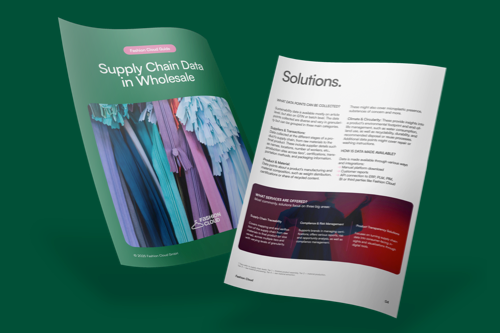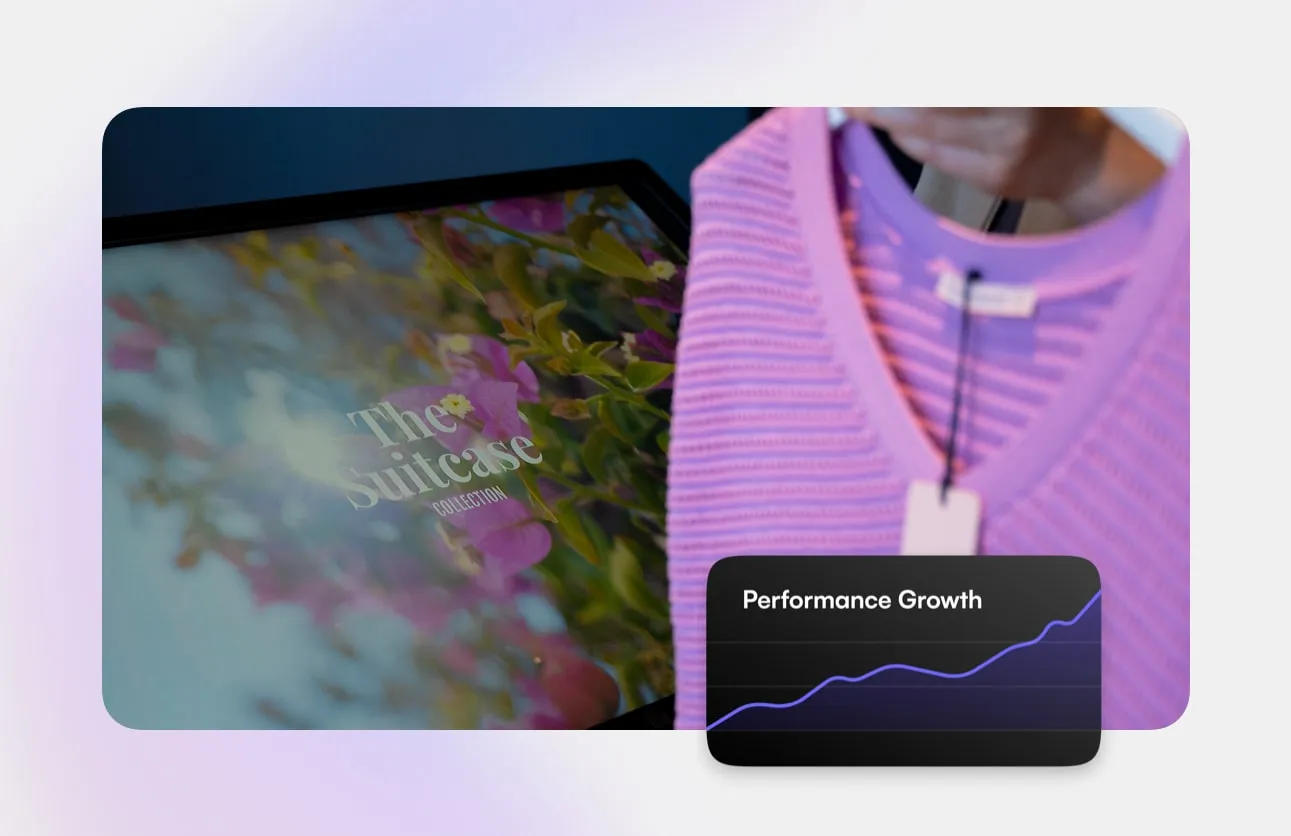
From data chaos to transparency: How brands can achieve supply chain transparency
Supply chain transparency is no longer optional but the core of the upcoming regulatory environment and indispensable for trust in the wholesale community. With fragmented supply chain data, missing standards and confusing service provider landscape, most brands are stuck in chaos. That's why we partnered up with Retraced, TrustTrace, Tex.Tracer, AWARE, Carbonfact, and Fairly Made to explore how to find the right partner and move from data chaos to true supply chain transparency.
Why supply chain data matters now
- Consumers demand to be informed about the products they buy.
- Regulators enforce stricter frameworks such as EU green claims directive, ESPS and supply chain due diligence laws. Even in times of regulatory uncertainty transparency and traceability remains a core theme across emerging regulations and directives.
- Retailers request data to back up any sustainability related claim about your products and to drive impact.
The challenge of supply chain data
Complex product supply chains including a multitude of Tier 1 - Tier 4 suppliers with varying levels of digitalization in place, fragmented data and lack of interoperable system landscape make supply chain transparency a number 1 challenge for brands in the fashion industry. The landscape of potential service providers, who can help gather and manage data is confusing. Rightfully so brands ask themselves: which partner is the perfect match for my individual needs when it comes to supply chain transparency and traceability!?
The path from chaos to clarity
Practical steps for brands to achieve supply chain transparency
- Build knowledge and define your focus: before you start knowing the difference between transparency / traceability and being able to differentiate traceability from product impact is a must.
- Find your prefect match: connect with platforms that support automation and standardization.
- Map your supply chain: to gather relevant data and identify data gaps.
- Make sure your systems are interoperable: transparency works if data is shared across systems and stakeholders. Find automated ways to share data with your retail partners and other users.
How Fashion Cloud can help you
At Fashion Cloud, we connect a vibrant wholesale community of 700+ brands and 30,000+ retailers through data the infrastructure for automated data exchange. By supporting automated and standardized sustainability data sharing, we make wholesale easy, data driven and transparent.
Conclusion: from chaos to supply chain transparency
Supply chain transparency is no longer optional — it’s the foundation of compliance, trust, and competitiveness. You want to learn more? Discover how to identify the right partners, extend your sustainability efforts beyond internal operations, and drive transparency across the industry in this white paper.
👉 Download the full white paper “Supply Chain Data in Wholesale” to gain more insights and find out which partner you need.


.webp)
